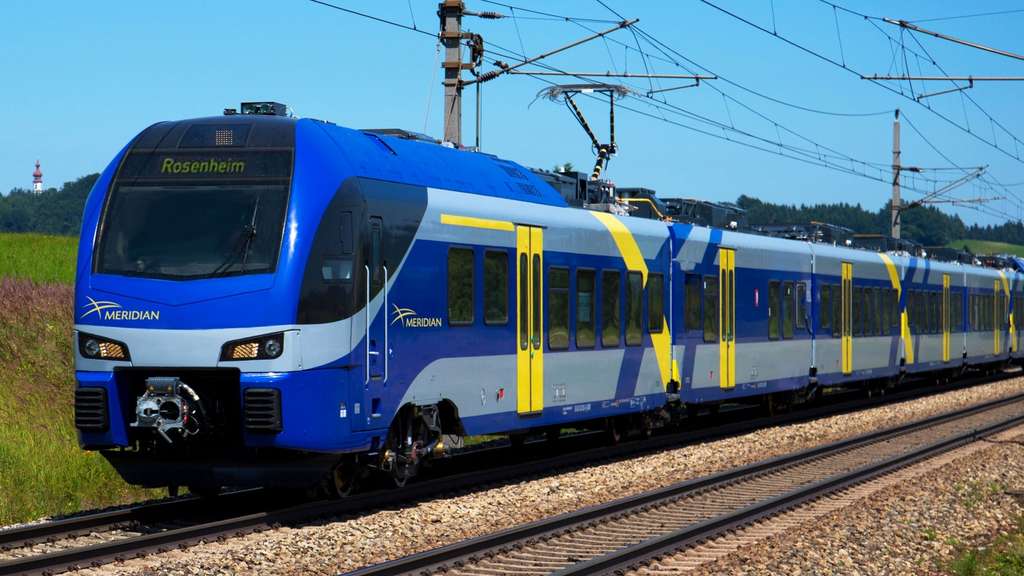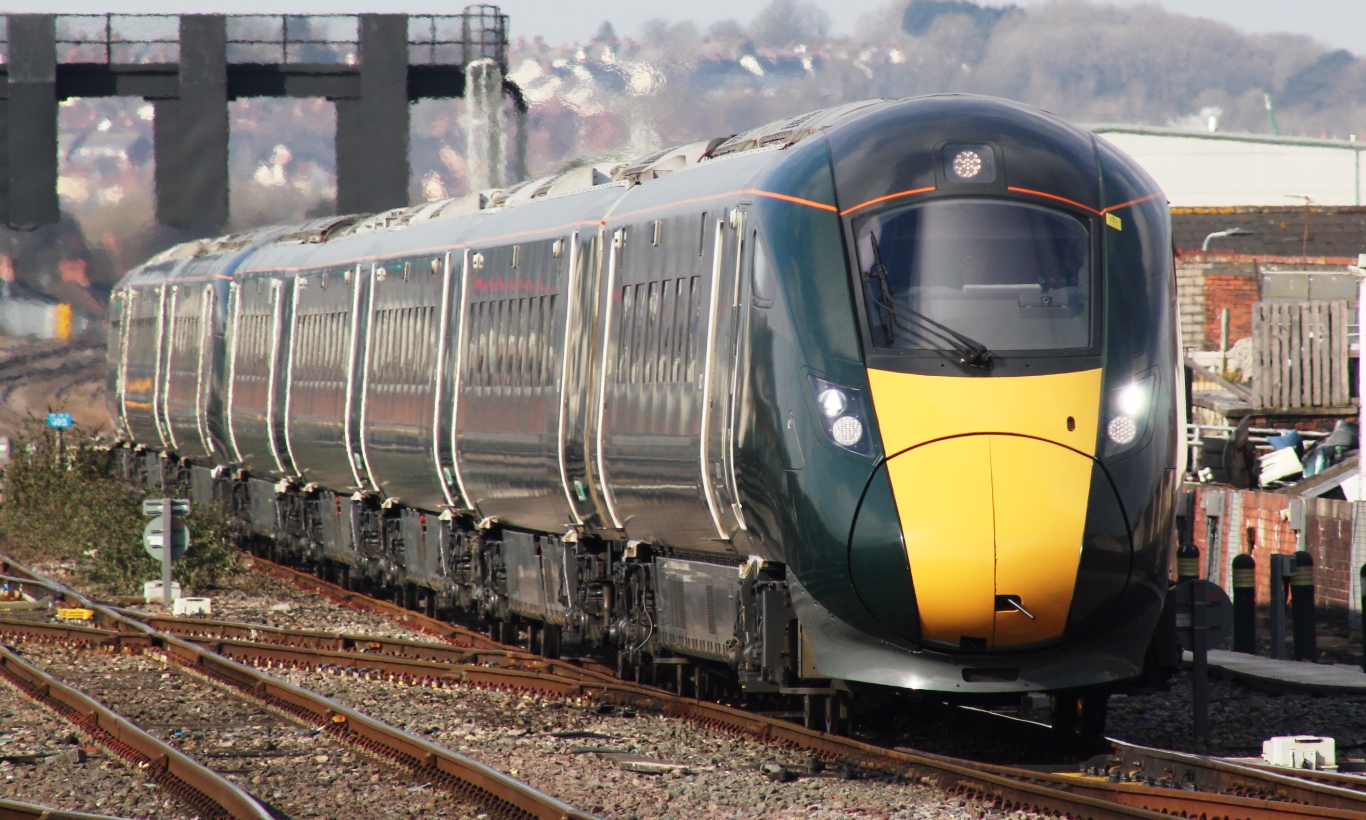I view Anderson as a ruthless big corporate guy. IMO, he doesn't seem to care about customer service or even the people employed on the LD trains. He speaks of those in the food service area as expendable. .Like many corporate executives, his motivation is solely about profit. On his quest to profitability, he wants to lay off those who he believes are not needed with no concern about jobs that people need to feed their family; just put them out on the street and don't worry about it. These comments might be a bit harsh but that's the impression that I have about this individual. We need to get a petition going to express how rail passengers feel about the direction that Amtrak is taking?
From information on the "Fresh Choice..." thread about the coming changes to F&B operations on the CL and LSL, it appears Anderson has statutory limitations on his ability to blanketly lay off employees to cut costs. Granted this applys to F&B employees, but maybe (hopefully) protections exists for other Amtrak positions.
In response to a question about the 2015 statute that is governing the F&B reforms the following excerpt was posted. In particular see item "C".
"...the statute is Title 49 USC Ch. 243, section 24321:
Quote
§24321. Food and beverage reform
(a) Plan.Not later than 90 days after the date of enactment of the Passenger Rail Reform and Investment Act of 2015, Amtrak shall develop and begin implementing a plan to eliminate, within 5 years of such date of enactment, the operating loss associated with providing food and beverage service on board Amtrak trains.
(b) Considerations.In developing and implementing the plan, Amtrak shall consider a combination of cost management and revenue generation initiatives, including
(1) scheduling optimization;
(2) on-board logistics;
(3) product development and supply chain efficiency;
(4) training, awards, and accountability;
(5) technology enhancements and process improvements; and
(6) ticket revenue allocation.
© Savings Clause.Amtrak shall ensure that no Amtrak employee holding a position as of the date of enactment of the Passenger Rail Reform and Investment Act of 2015 is involuntarily separated because of
(1) the development and implementation of the plan required under subsection (a); or
(2) any other action taken by Amtrak to implement this section.
(d) No Federal Funding for Operating Losses.Beginning on the date that is 5 years after the date of enactment of the Passenger Rail Reform and Investment Act of 2015, no Federal funds may be used to cover any operating loss associated with providing food and beverage service on a route operated by Amtrak or a rail carrier that operates a route in lieu of Amtrak pursuant to section 24711."

























































